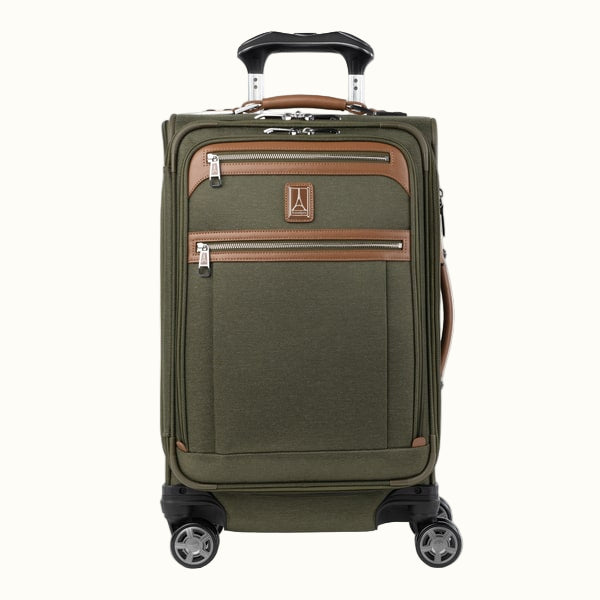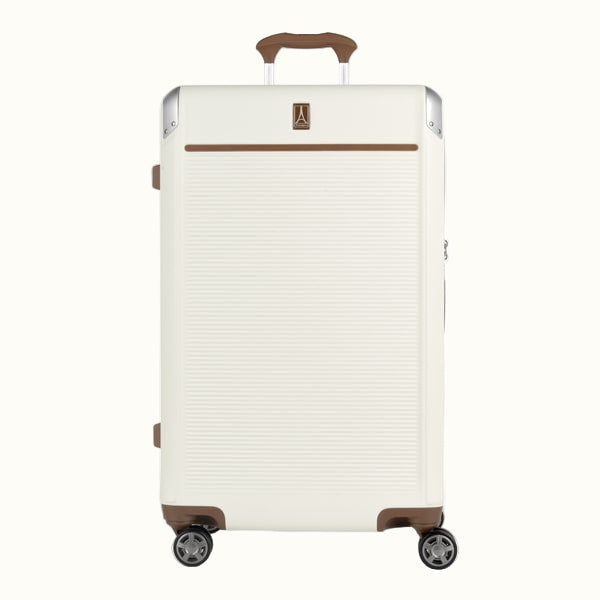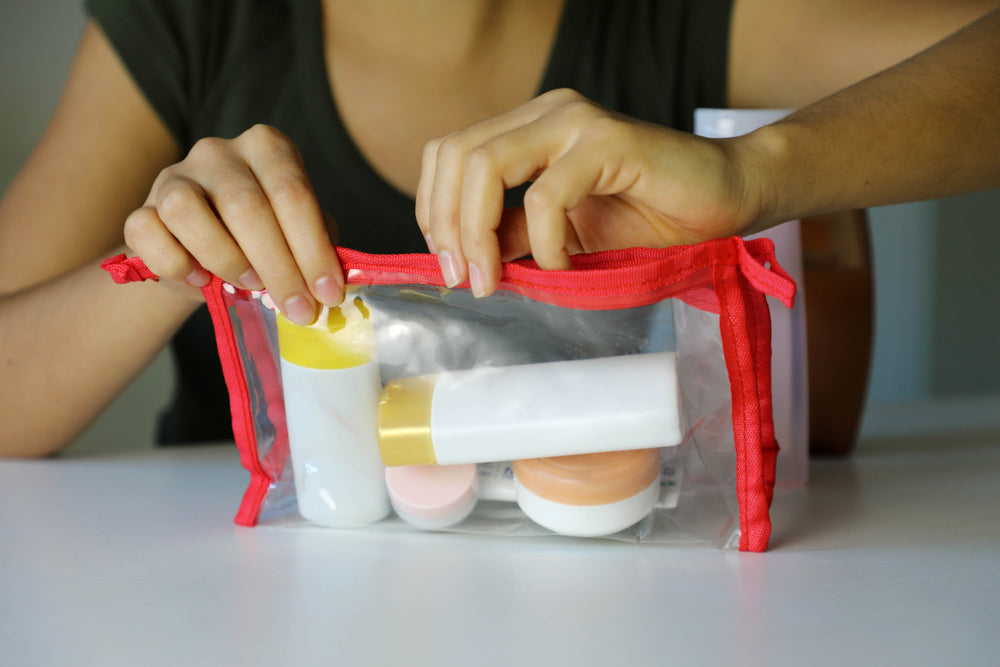The TSA fluid limit for carry-on luggage exists for a reason. In 2006, Briain, the U.S., and Pakistan security foiled a plot by al-Qaeda operatives to set off bombs on airplanes using liquid explosives. The plan was to smuggle bomb materials onto planes using plastic drink bottles. Since then, the TSA has limited the amount of liquid passengers can bring onto planes to containers no larger than 3.4 ounces, a regulation commonly called the 3-1-1 rule.
The 3-3-1 Rule Simplified
The TSA’s fluid limit rule for carry-on liquids stipulates you can carry no more than 3.4 ounces per container of liquid. 3.4 ounces may seem like an odd amount, but it’s to keep TSA rules consistent with international regulations, which allow for 100 milliliters (3.4 ounces) per container.
The “3” in the 3-1-1 rule refers to the 3.4 ounce limit. All 3.4-ounce containers must fit into a clear one-quart bag: that’s the first “1.” Only one bag is allowed per passenger (that’s the last “1” in 3-1-1). Any liquids that don't meet these limitations cannot go through security and will be thrown away or confiscated.
The TSA and international airport security define substances most people consider to be solids or gasses as liquids, including aerosols, gels, creams, and pastes. Toothpaste, hair spray, peanut butter, shampoo, soup, mascara, and mouthwash are all considered liquids by the TSA. If you can squeeze, spray, or spread a substance, it falls under the 3-1-1 rule.
What are the Exceptions to the TSA Fluid Limit?
The TSA recognizes circumstances may require some passengers to carry more than 3.4 ounces of a liquid in their carry-on bags. Exceptions are made for items you would need during your flight or at your destination, if the items are unavailable at your destination and cannot be purchased after the security checkpoint. In practice, this usually means any of the following items:
- Baby and toddler drinks and food, including puree pouches
- Breast milk and infant formula
- Ice, gel, or freezer packs used to keep breast milk, infant formula, or medically necessary items cool
- Medical prescriptions that come in liquid, gel, or cream forms
Since 2020 passengers can travel with up to 12 ounces of hand sanitizer, an exception which may change in the future.
Travelers should alert TSA officers to any liquids that are exceptions to the 3-1-1 rule. All medication (liquid or otherwise) should be clearly labeled to help you move through security quickly. The TSA officer may visually check liquid exceptions, send the items through the X-ray machine, or test the liquid’s container for traces of explosives. You are responsible for displaying and repacking 3-1-1 exceptions, so keep any liquids and your toiletry bag at the top of your carry-on for easy access. Remember that while prescription medication is exempt from the TSA fluid limit,non-prescription medications fall under the 3-1-1 rule.
X-ray screening machines do not affect infant or toddler food or drinks, but some travelers prefer not to take risks. Inform the TSA officer if you do not want food, drinks, formula, or breast milk x-rayed. Security will use other methods to clear the liquid, and you and your carry-on luggage will undergo additional screening. Be aware additional screening will slow your passage through security, so plan for the delay.
Are Frozen Liquids Liquid?
The TSA does not consider completely frozen liquids to be liquid, and therefore not subject to the 3-1-1 rule. The key phrase here is “completely frozen.” If the frozen substance is slushy or partially melted, it must meet the 3-1-1 requirements, regardless of the amount of thawed liquid in the container.
How many liquid ounces can be taken on a plane?
If you're wondering, “how many 3oz bottles can I carry on a plane,” the answer is approximately seven or eight. Any more, and you won’t be able to seal the bag with the containers inside. In terms of how many liquid ounces can be taken on a plane, this translates to approximately 25 liquid ounces.
The Quart-sized Bag, Explained
When it comes to quart-size bag dimensions, the TSA gives you some wiggle room. The average plastic resealable quart-sized bag is 7” by 8”. If you’re packing liquids in a travel toiletry bag, look for one which approximates these dimensions—people have had liquids confiscated for using bags TSA agents felt were too large, whether the bag was full of 3.4-ounce containers or not.
The TSA does not endorse any particular type of quart bag, so you can use anything from a travel toiletry bag to a Ziploc.
Liquids in Checked Luggage
Can you bring full-size bottles in a checked bag? The TSA has more lenient rules about liquids in checked luggage. You can carry creams, gels, drinks, and toiletry-based aerosols in your checked baggage.
RELATED: Consider the difference between hardside and softside Travelpro suitcases when thinking about packing liquids in your checked luggage.
The TSA prohibits certain liquids that pose a public danger from checked and carry-on luggage. Do not travel with any of the following:
- Alcoholic Beverages over 70% ABV
- Aerosols that are not toiletries
- Flammable liquids
- Toxic liquids
- Bleach
- Fertilizer
- Insecticide
These liquids are prohibited in any amount, and their discovery during security checks can result in missed flights, arrest, and legal action.
Consider your destination when packing liquids in checked items. In many Islamic countries, for instance, alcohol is illegal or restricted and would be confiscated as you go through customs. Check the laws and regulations of your destination country before flying with liquids internationally.
Need more information on what you can and can’t bring on a plane? Check out What’s Allowed in a Carry-on Bag.





